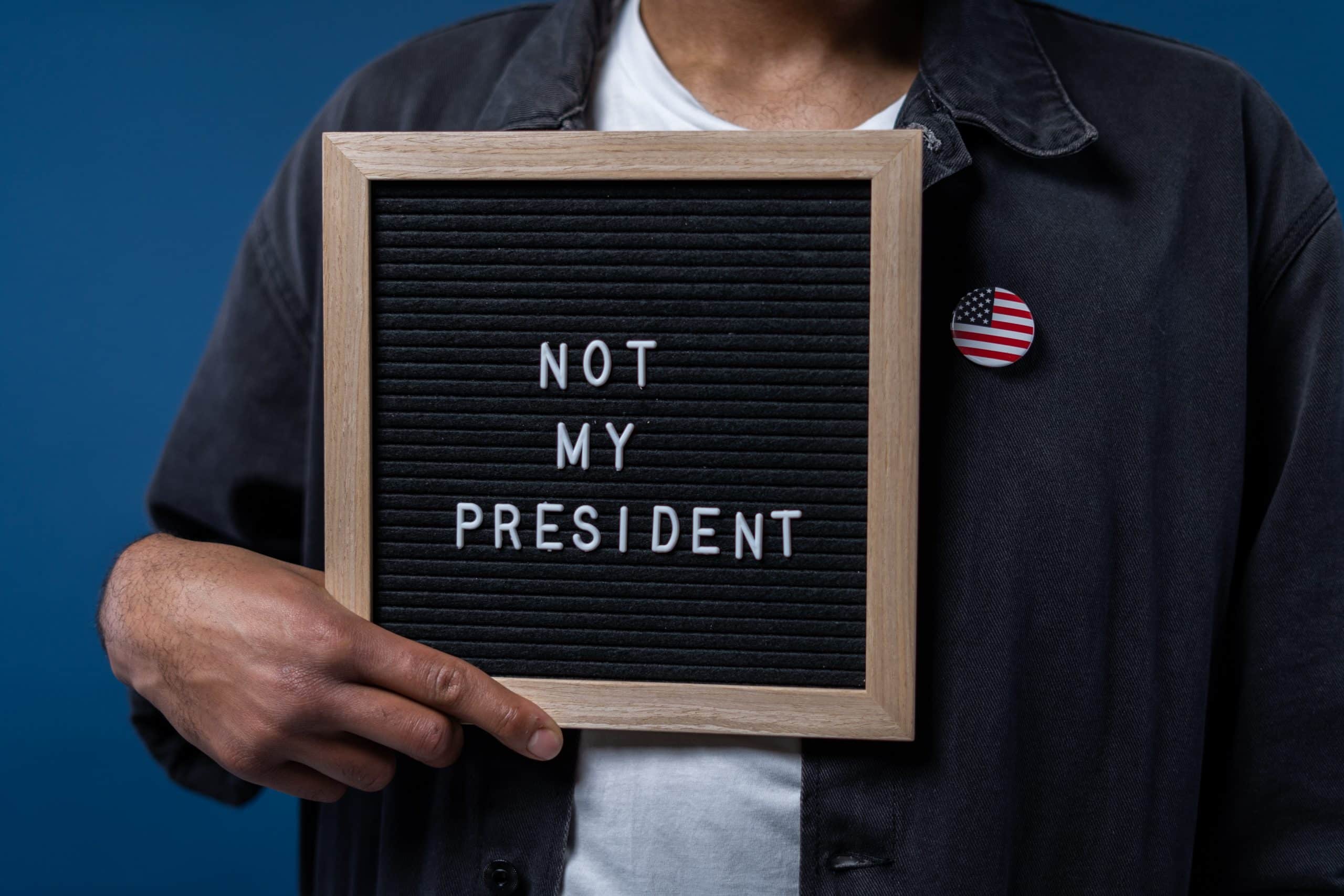For years a consistent refrain in American politics has bewailed an increasingly polarized political atmosphere.
As the Pew Research Center observes, for the first time in almost 25 years, “majorities in both parties express not just unfavorable but very unfavorable views of the other party.” Americans, the Pew study shows, now look across the aisle with fear, anger, and contempt, committed more strongly than ever to their respective teams. On college campuses, disagreements that might have been thoughtful, even friendly debates have erupted into violent melees, ending in injury and damaged property. Attacks and intimidation, it seems, have become a part of American political life.
But the conspicuousness of America’s political polarization belies a counterintuitive insight: the belligerents of the nation’s social and political war are actually very much alike. Culturally and aesthetically, the groups appear quite different, yet their political philosophies share a common heritage, rooted in the anti-Enlightenment ideas of the first half of the twentieth century.
Gripped by reductionist groupthink, a toxin generated by the United States’ acrid culture-war politics, left and right are moving—regressing, in fact—toward their most crudely authoritarian incarnations. Their declension recalls the totalitarian communist and fascist ideologies of the early twentieth century.
Classical liberalism effectively sidelined, the familiar battles of that period are reborn in the violent confrontations between the MAGA alt-right and black-clad antifascists, both groups equally enthralled by collectivism and intolerance.
President Trump, protectionism his gospel, has successfully conjured the old arguments for internal self-sufficiency, or autarky, so central to the rhetoric of the Italy’s Fascists and Germany’s National Socialists. The goal was to possess all that was economically necessary within the borders of the homeland.
If conquest and empire were essential to that nationalistic end, then they were the proper goal of the state, its right and destiny. History seems poised to repeat itself given the current political climate.
In the early twentieth century, the various socialist schools outstripped classical liberalism as the dominant idea on the Continent, their message capturing European hearts and minds. Communists and fascists fought each other for converts and for political power. As historian Mary Vincent observes, “[T]he battle for the streets was very real. In an age of genuine mass politics, street violence became the leitmotiv of interwar Europe.” Vincent explains that the “new politics,” divided between fascism and communism, “filled public space with disciplined, uniformed bodies,” ready to advance the collective goals of party and state.
These warring authoritarians, socialists all, shared a common disdain for the Enlightenment’s liberal conception of freedom, namely the freedom of the individual to live out her life autonomously, un-coerced and pursuing goals of her own imagining.
Modernity required something more of the individual—that she be absorbed into the body of the total state, the consecrated instrument variously of the nation, or the proletarian revolution, or even history itself, depending on the socialist school.
The new conception of freedom, deeply embedded in today’s politics, reflects this submersion of the individual, the Hegelian idea that the state precedes the individual in importance.
Superficial differences notwithstanding, both the leftmost and rightmost spaces of today’s political spectrum, as popularly understood, seem to have absorbed Hegel’s idea of the organic state, the state as “the Divine Idea” and source of the individual’s “spiritual reality.”
This wrongheaded way of thinking about the nature of political power has metastasized through the body politic. As before, both sides represent authoritarian populism, even as they vie for control of the governing apparatus.
Indeed, it may be that the family resemblance between the two sides is somewhat ironically to blame for much of their mutual hostility. Developing the work of the English anthropologist Ernest Crawley, Sigmund Freud labeled such antagonism the “narcissism of small differences”—enmity based on the propinquity of two groups.
This theory offers a useful lens through which we can view and better understand the prevailing political conversation, “to explain,” as social psychologist Siamak Movahedi suggests, “the battle between in-groups and out-groups.”
At present, group identity and its insignia are an all-consuming obsession of both the left and the right, just as they were of the fascists and communists who marched in the streets, eager to spill each other’s blood. Both sides carry and carefully guard the kind of sustained righteous indignation that comes with certainty of the religious kind.
That kind of certainty is dangerous to a free society; once it takes hold, the virtues of the cause, held beyond any doubt, seem to excuse any crime committed in their pursuit. Orders must be followed, because the ends justify the means.
A free and open society requires the round rejection of both left and right flavors of failed twentieth-century authoritarianism, the restoration of the classical liberal ideas that transformed the world and yet were never given their due.
This article was originally featured at the American Institute for Economic Research and is republished with permission.































